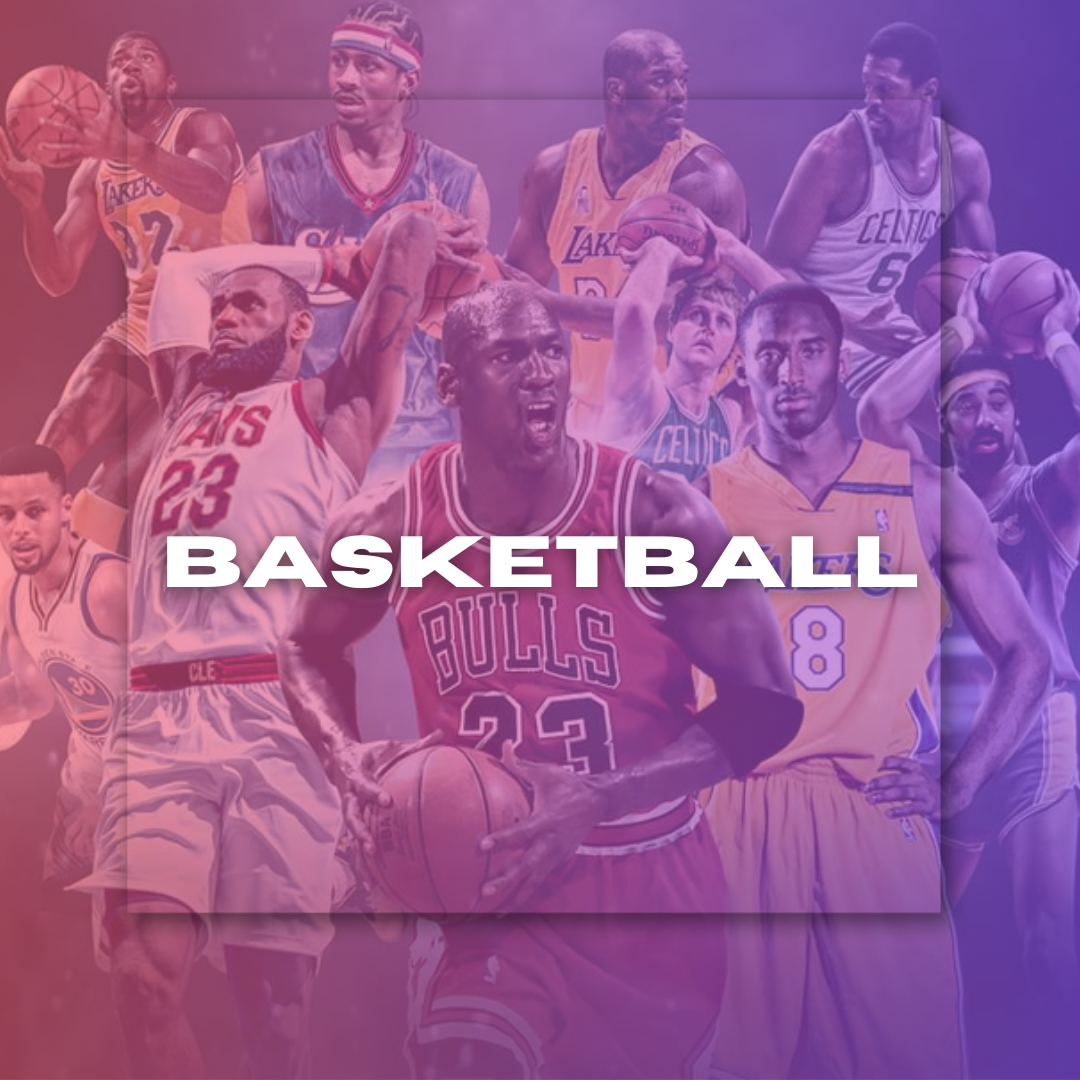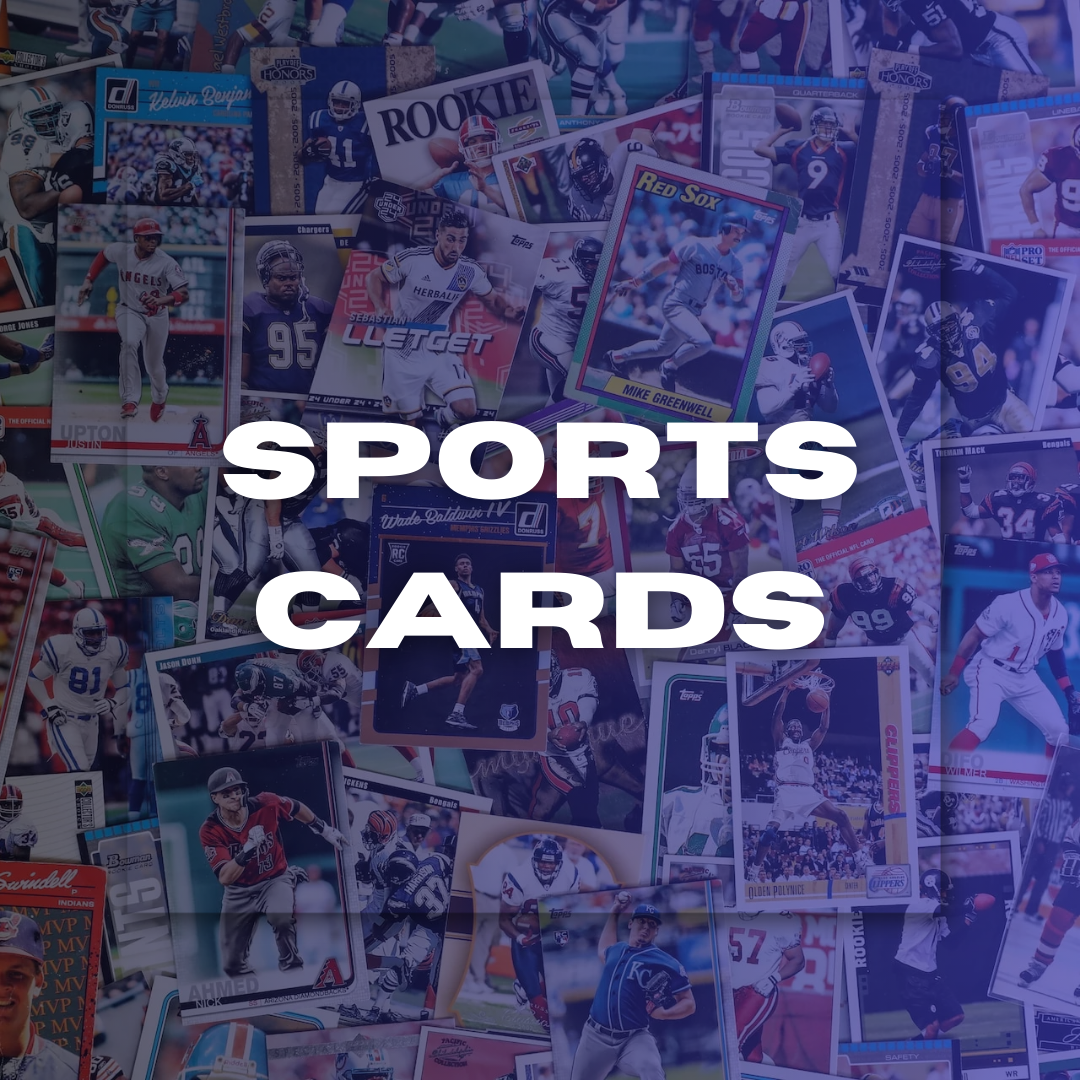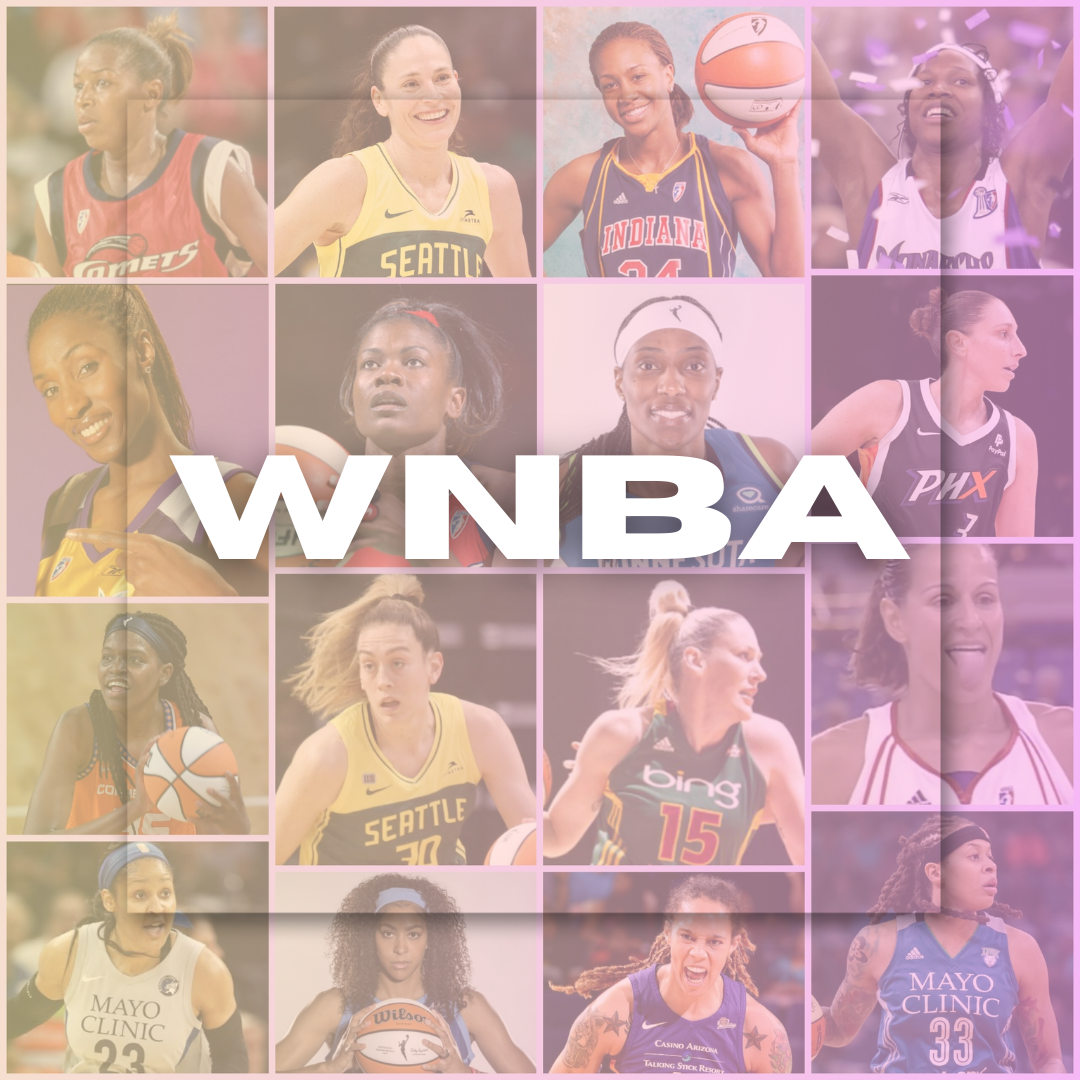
How to Make Money Selling Sports Memorabilia: Expert Tips and Strategies
By Jason Bolton June 30, 2025 07:09
The sports memorabilia market is booming in 2025, with the global collectibles industry projected to nearly double from $38.6 billion in 2024 to $71 billion by 2030, growing at a robust compound annual growth rate (CAGR) of 12.1%. For aspiring sellers, this surge presents a golden opportunity to turn passion into profit. However, success requires more than just owning autographed jerseys or game-used equipment it demands knowledge, strategy, and authenticity. Here’s an expert guide on how to make money selling sports memorabilia in today’s dynamic market.
1. Focus on Authenticity and Provenance
One of the biggest challenges in the memorabilia market is counterfeit items, which erode buyer trust and diminish value. Experts emphasize that verifying authenticity is paramount. “Collectors want confidence that what they’re buying is genuine,” says Mark Sparks, a leading sports memorabilia consultant. Professional authentication services like PSA/DNA, JSA, and Beckett Authentication are essential for high-value items. Sellers should always provide certificates of authenticity (COAs) and detailed provenance, including how and where the item was obtained.
2. Know Which Items Hold Value
Certain categories dominate the market. Trading cards lead with over 60% market share, but autographed jerseys, game-used equipment, and limited-edition collectibles also command strong demand. For example, a Babe Ruth jersey sold for over $24 million in 2024, setting a record. Meanwhile, contemporary items like Freddie Freeman’s walk-off grand slam ball recently fetched $1.56 million, showing that both vintage and current memorabilia can be lucrative.
Experts recommend focusing on:
-
Autographed items from iconic athletes or rising stars
-
Game-used equipment with verifiable history
-
Limited-edition or rare collectibles with low production numbers
-
Memorabilia linked to historic moments or championships
3. Leverage Online Marketplaces and Auctions
The rise of e-commerce has transformed memorabilia sales. Platforms like eBay, Goldin Auctions, and Fanatics offer global reach and access to millions of potential buyers. Online auctions often drive competitive bidding, pushing prices higher. “Digital marketplaces have democratized access, allowing sellers to reach collectors worldwide,” notes Sparks. However, sellers must present high-quality photos, detailed descriptions, and transparent pricing to stand out.
4. Build Relationships and Network
Networking with collectors, dealers, and sports communities can uncover exclusive deals and increase sales opportunities. Attending memorabilia shows, joining collector forums, and engaging on social media helps build credibility and trust. “Relationships matter in this business,” says veteran dealer Mike Reynolds. “A good reputation can lead to repeat buyers and referrals.”
5. Stay Informed About Market Trends
The sports memorabilia market is influenced by athlete performance, cultural moments, and media exposure. For instance, documentaries and sports media have reignited interest in vintage collectibles. Keeping up with emerging stars, trending sports, and fan engagement can help sellers anticipate demand. Investing in memorabilia tied to athletes with growing popularity or historic achievements can yield substantial returns.
6. Be Patient and Strategic
Memorabilia sales often require patience. Prices can fluctuate based on market sentiment and timing. Reynolds advises, “Don’t rush to sell. Sometimes holding onto an item for the right moment like a player’s milestone or championship can multiply its value.” Sellers should also diversify their inventory to balance risk.
7. Understand Legal and Tax Implications
Selling memorabilia, especially at scale, may have tax consequences. Consulting with financial advisors ensures compliance and helps optimize profits.
With the sports memorabilia collectibles market projected to reach nearly $71 billion by 2030, selling memorabilia in 2025 offers exciting financial potential. Success hinges on authenticity, market knowledge, strategic selling, and building strong networks. As Mark Sparks puts it, “This is a market fueled by passion and history, but also by smart business practices. Sellers who combine both will thrive.” Whether you’re flipping a signed jersey or auctioning a game-used bat, following these expert tips can help you turn your sports passion into profit.


































































